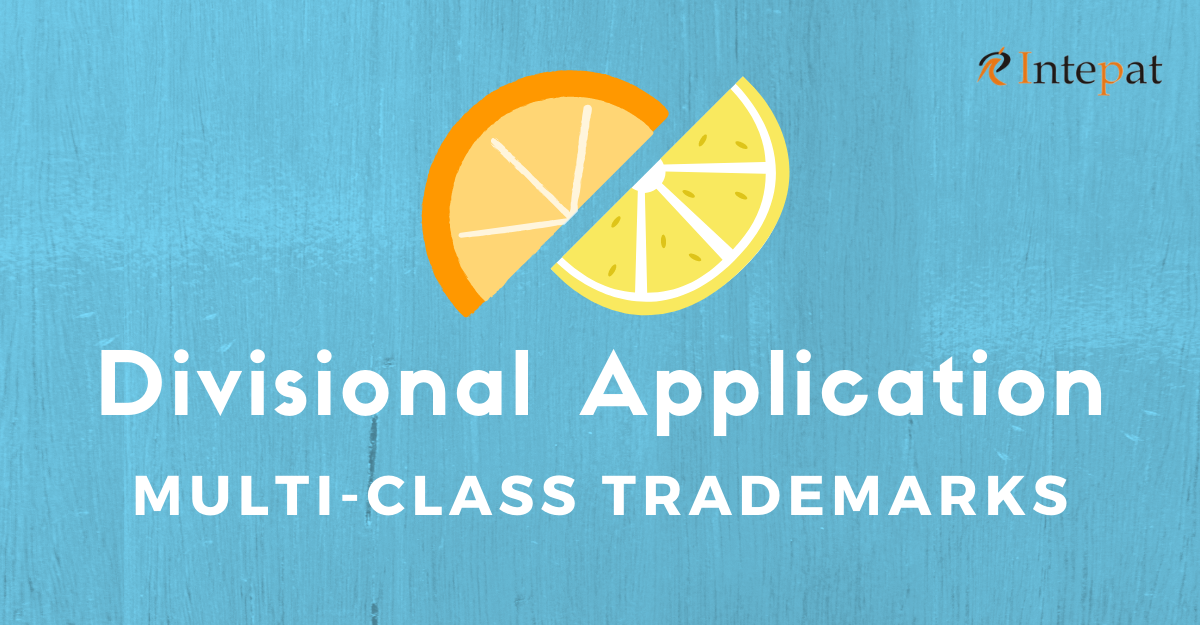Many businesses have become successful by taking adequate measures to protect their Intellectual Property (IP) assets. One such step is to protect the brand name/identity of the products/services of the business from unauthorized use by registering a trademark. The trademark is registered based on the types of products or services. There are a total of 45 classes provided in the Trademark Rules. Many times, it so happens that a particular product or service falls under more than one class. In order to deal with such situations, Section 18 (2) of the Trademarks Act, 1999, provides for the filing of a Multi-class trademark application.
A single application may be made for registration of a trademark for different classes of goods and services, and fee payable therefor shall be in respect of each such class of goods or services.
A multi-class trademark application is an application filed for a product/service that falls under more than one class. It is submitted in FORM TM-A, which is a single application filed for multiple classes. At first glance, many persons prefer to file a multi-class application instead of filing single class applications for each class for two reasons. The primary goal is the ease and convenience of submitting one single application for all applicable trademark classification. The second reason is that the amount of fees to be paid is the same. However, it is imperative to note that there is a considerable risk associated with multi-class applications, in the form of an office action or third party opposition.
If there is an office action raised against even one single class, then the registration of all the classes will come to a halt until the office action has been resolved. Similarly, if a third party has opposed the particular trademark for one single class, then the registration of all classes will be stopped till the opposition proceedings have come to an end. If the applicant is not successful in doing these, there is a risk of the entire application being rejected. The question arises as to whether there is any remedy for the same. The answer is yes.
Divisional Application
A divisional application is requesting to divide a trademark application into two or more separate applications. When an office action or opposition has come up against one of the classes, the applicant can divide the multi-class application. Section 22 of the Trademarks Act, 1999 provides for dividing a trademark application.
“The Registrar may, on such terms as he thinks just, at any time, whether before or after acceptance of an application for registration under section 18, permit the correction of any error in or in connection with the application or permit an amendment of the application: Provided that if an amendment is made to a single application referred to in sub-section (2) of section 18 involving division of such application into two or more applications, the date of making of the initial application shall be deemed to be the date of making of the divided applications so divided.”
Example of Divisional Application
For example, an applicant has filed a multi-class application for six classes (Classes 5, 6, 19, 21, 23, and 35). And if an opposition is filed against Class 19, then the applicant can divide the multi-class application to separate Class 19 from the remaining classes. This divisional ensures that the remaining classes can proceed towards registration. These unopposed classes will receive a new application number and will become a separate multi-class application. Here, the application for Class 19 will retain the original application number.
The applications will be treated as two separate and distinct applications for all intents and purposes. The new multi-class application containing the unopposed classes will also retain the original date of filing. This is all provided for by Rule 108 of the Trademark Rules, 2017. The divisional application must be in the form of a request under FORM TM-M, and the applicant must pay divisional fees. Divisional fees are prescribed in Entry 14 in the First Schedule of the Trademark Rules, 2017.
It is important to remember that the process of filing a divisional application is expensive and time-consuming. For these reasons, it is highly recommended to only file a multi-class application when the applicant is confident that the chance of office action and opposition is nil. However, this is hard to ascertain at the time of filing. Therefore, filing separate applications for each class seems to be a safer option.




